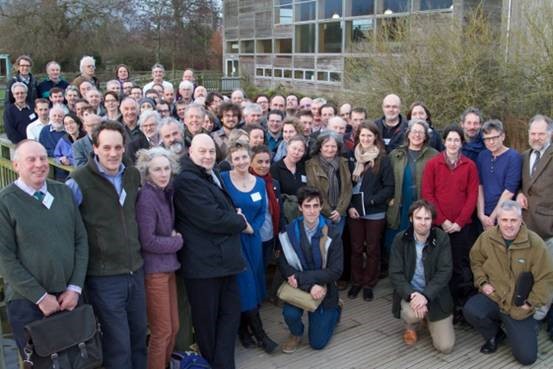Report back from the International Wader Study Group Conference
Part 2: So much to think about and solutions urgently needed
by Amanda Perkins, Curlew Country Project Manager
Following our trip to the International Wader Study Group Conference in Prague, my mind has been buzzing with all the interesting things that I learnt, but also in frustration about the limitations to recovering the international curlew population. The Curlew Country project was set up to recover our local population, but it has become increasingly clear that at a national level our findings and practice are significant for non-upland and moorland curlew and we now also know that it may be helpful for us to feedback information into the international picture and in return we will benefit from the knowledge and experience of others.
I have summarised some of the over-riding themes from discussion sessions and presentations at the conference and added in a few of my own un-answered questions:
Where are all the curlew?
Most of the projects had comparatively small numbers of breeding birds. Some European projects only had groups of as few as 25 breeding pairs to work with. We need to hope that many curlew are concealing themselves from human interference in vast unspoiled habitat expanses in Russia. Whatever the answer, efforts to save this species are very much a race against time.
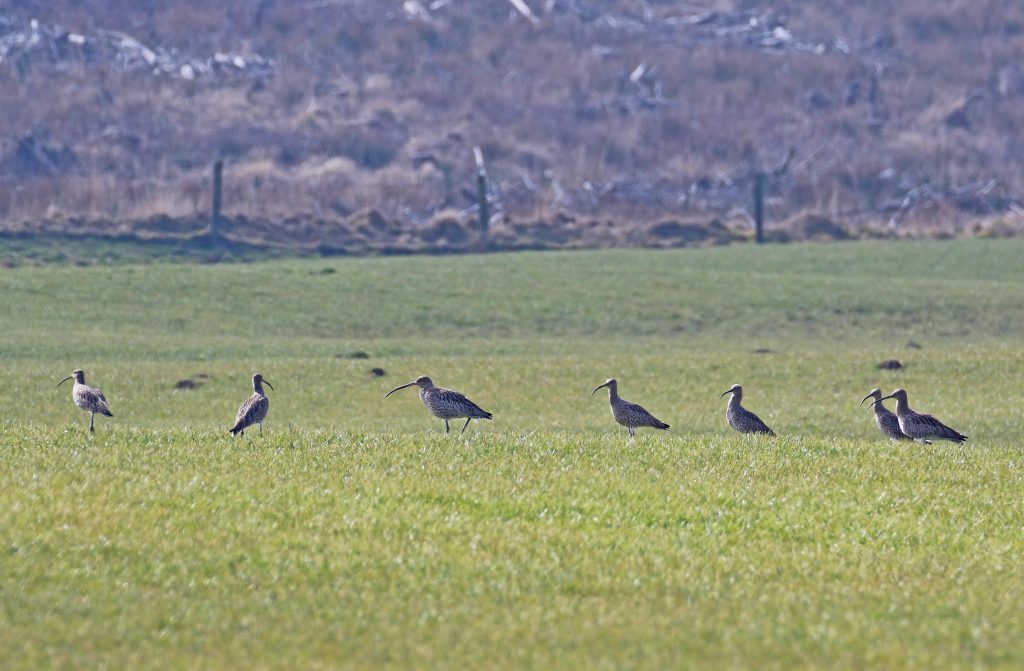
Why do we fail to co-ordinate better at a national and international level?
I asked a scientific colleague involved in exceptional ornithological work if academic ownership posed a problem for greater collaboration? He said that he did not think so, in which case the barrier must be one of resources.
- Everyone is spending valuable time away from core wader work trying to get money to fund their research.
- No-one is really clear if the research and effort overlaps because there is insufficient funding to keep a flow of information going. The extent of this work is often under-estimated and just tagged onto other roles whose incumbents often do not have the time needed for the additional work and it can never be prioritised. In the UK the efforts of Mary Colwell Hector and the Southern Curlew Forum she helped to form (all voluntary) at Slimbridge is aiming to address the problem for the non-moorland and upland curlew population, but only with the help of Mike Smart an experienced and dedicated retired ornithologist able and willing to commit substantial amounts of time to achieving this.
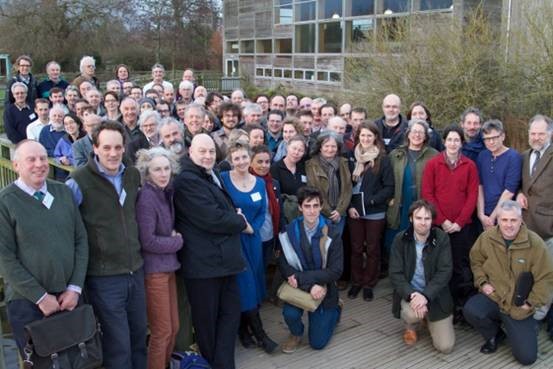
Slimbridge Conference - Then there is the matter of large established organisations keen to sustain the organisation and sometimes with other agendas other than pure effort to save curlew.
- The scale of the project can also matter. Large well established organisations are better placed to attract resources with the help of publicity and fundraising departments and also have the resources to remain well-connected at a crucial level of operation. Competition for resources, sometimes including membership can influence decisions that may not deliver the best outcomes for a species.
- A large organisation running a project in a defined geological area can unintentionally attract national funding that hampers the efforts of other projects outside that geographical area.
- The scientists and specialists would rightly say that ‘field’ conditions and factors can differ greatly. However, in the case of curlew or indeed waders when so many of the factors limiting success are the same, could greater collaboration maximise the use of resources and success?
- In part 1 of the blog, I spoke about the difficulty of tagging chicks. In these days of super technology no doubt a tiny tag that could signal the whereabouts of a chick over longer distances and without the need to catch it to download data would be possible, but is probably just prohibitively expensive.
Habitat v Predation control
- There is general agreement that work at a landscape scale will produce the best outcomes. Some projects aim to achieve a return to less intensive food production methods at landscape scale, but remain uncertain as to how to achieve this.
- Others feel that it would be more pragmatic to accept that the production of cheap food is irreversible, but provision for wildlife must be made and realistically supported.
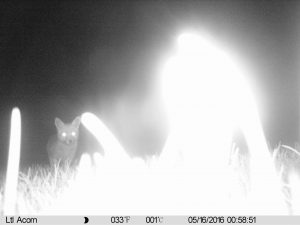
Fox approaching nest - Most people believe that agri-environment schemes do not achieve the environmental outcomes intended, but only in fact contribute to the production of cheap food. There seemed to be general agreement too that they are too short for the long term requirement of good habitat management, not outcome based and that generally the ‘one size fits all’ nature of these arrangements does not work.
- Those allied to the hope of less intensive farming methods believe that predation would not then be a problem as the eco-system would re-balance to a time when the land was less intensively used. Others are sceptical of what the baseline for such a balance is.
- There were some good presentations that demonstrated work done on reserves to manage habitat so that it provides a food source for predators drawing them away from ground nesting bird areas. This has yet to be translated to a non-reserve situation.
- Others believe that a landscape less intensively and mechanically farmed was also more peopled and that generally there would have been much more predation control and whilst there will be no return to widespread extensively farmed landscapes predation control methods could and should be re-introduced.
Long term sustainability
The matter of long-term sustainability of curlew populations on non-upland farms seemed an elusive subject that could not be visited because the priority has to be to save curlew now. No-one even attempted to answer the question of how longer term sustainability could be achieved. Farmers are keen to help, but cannot always find nests to protect them. Agri-environment schemes are so short term and ever-changing that farmers are put off engaging with them. There is a danger that if funding can be found for short-term solutions to reverse curlew decline, there could be a return to decline if longer term plans are not firmly in place. It is important that work is done on short-term recovery whilst looking at the nuances of longer term solutions at the same time. Different projects may be able to undertake different research.
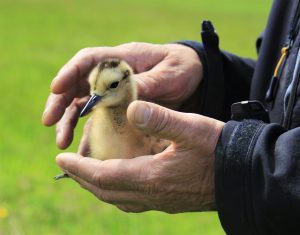
Is it worth trying to save curlew when there are so many difficulties?
This is an iconic species beloved by many. Curlew Country was formed on the basis that the local community widely signalled the wish to save its curlew population and the project is now also persisting on the basis of hearing similar voices from further afield, nationally and internationally. We don’t know if we can save curlew outside managed moorland, reserves and wild spaces not suffering detrimental human impact. However we believe that it would be unacceptable to discover that we had lost curlew without trying to save them.

